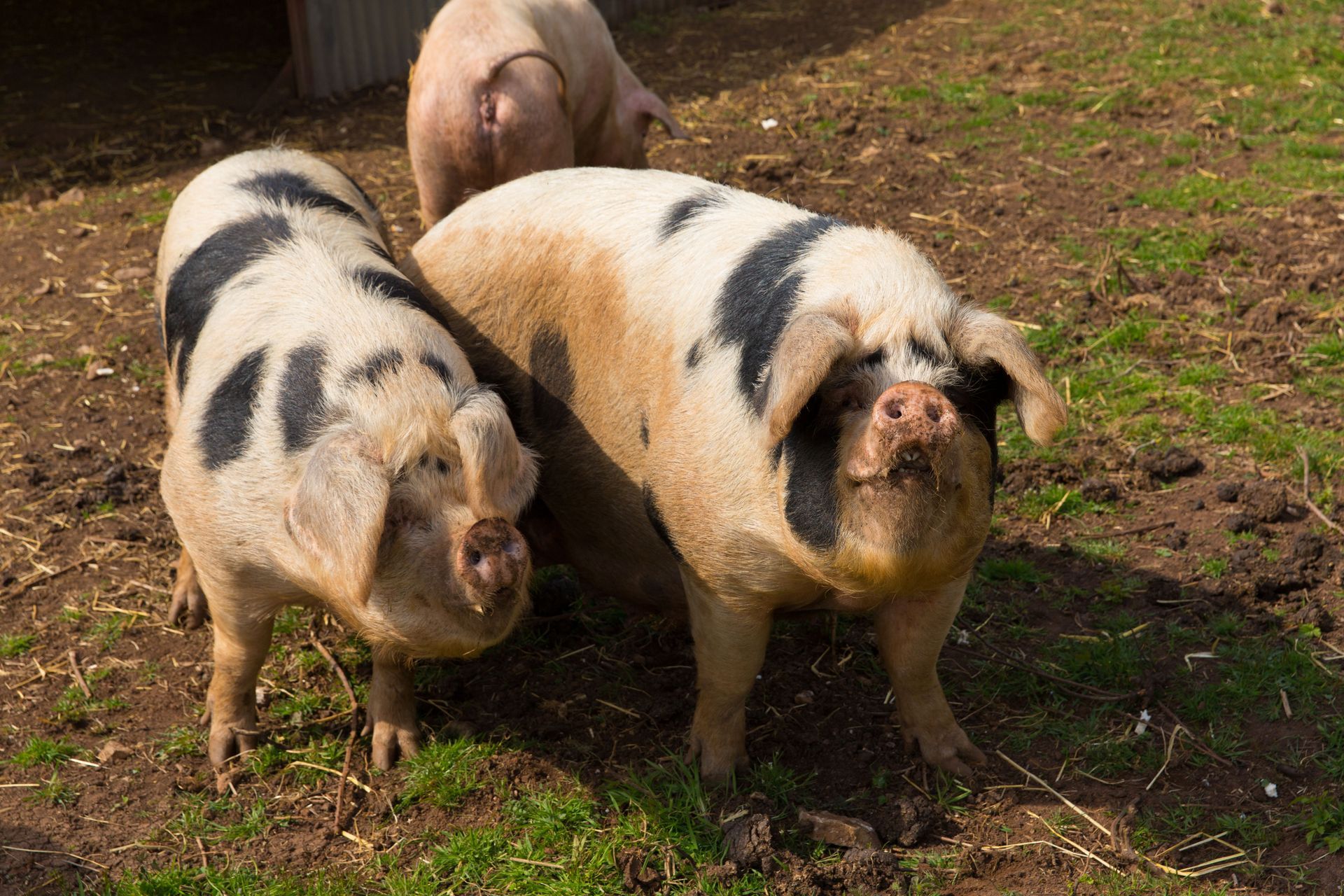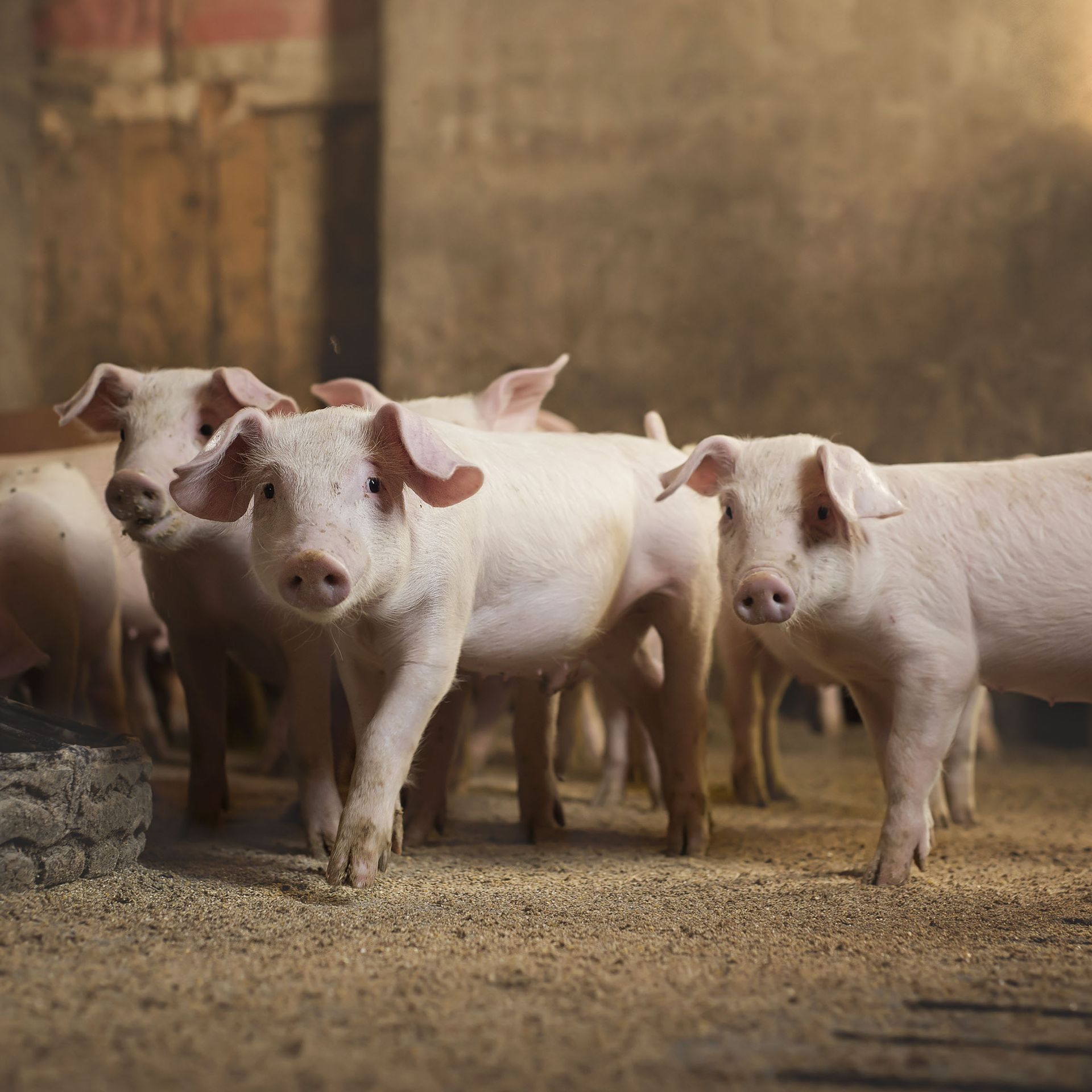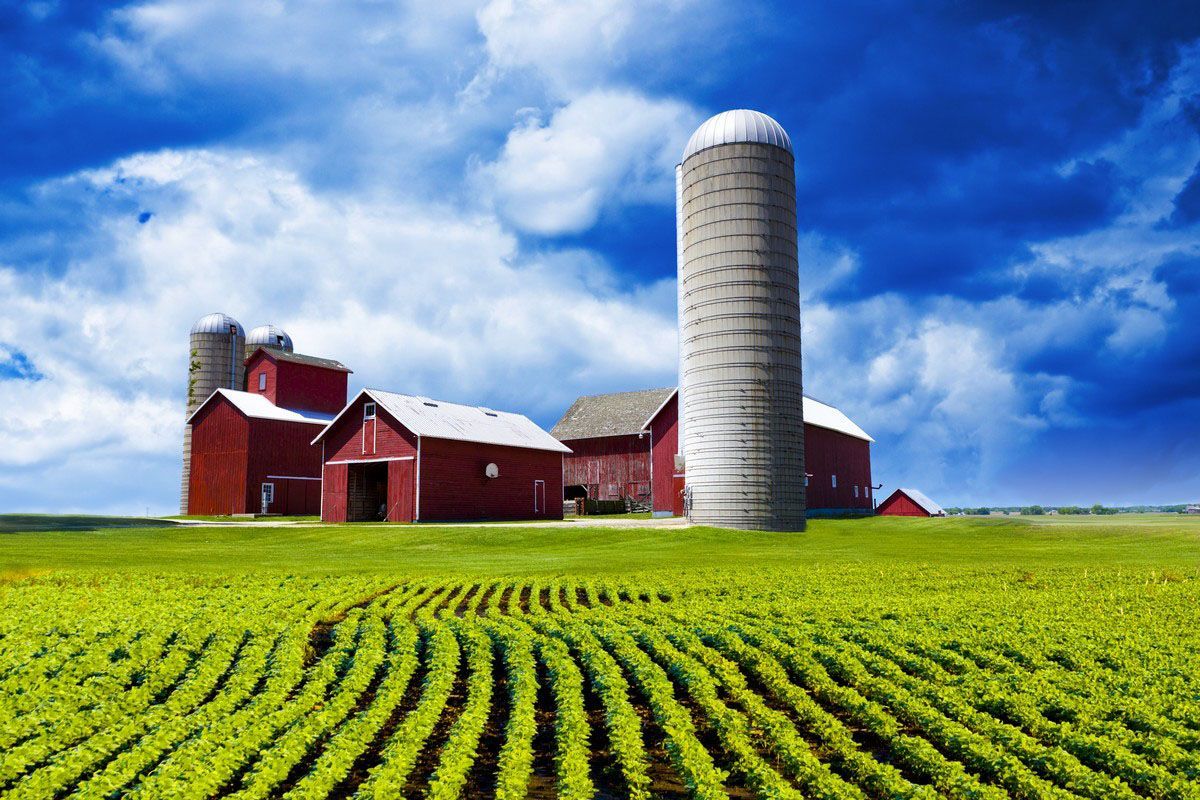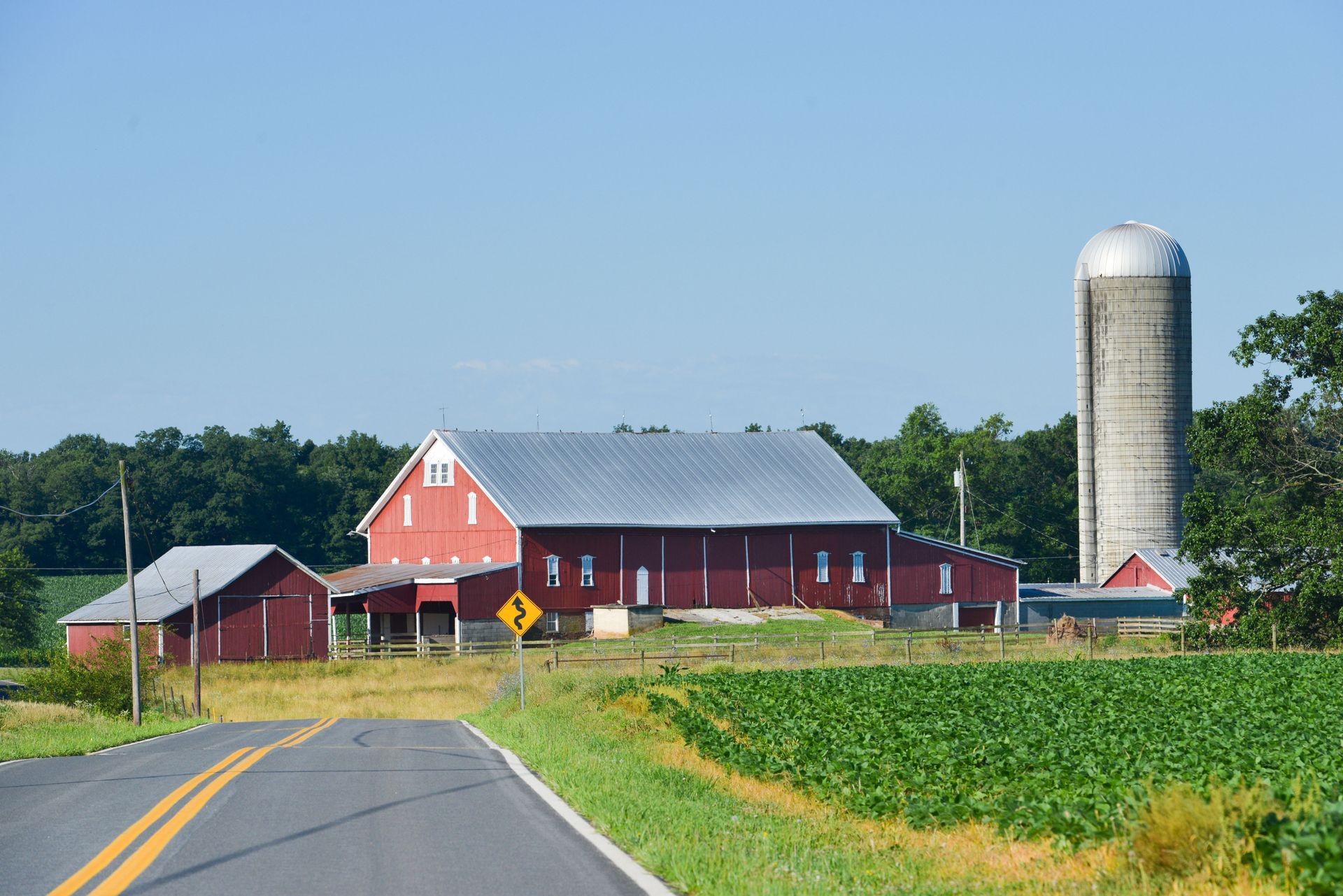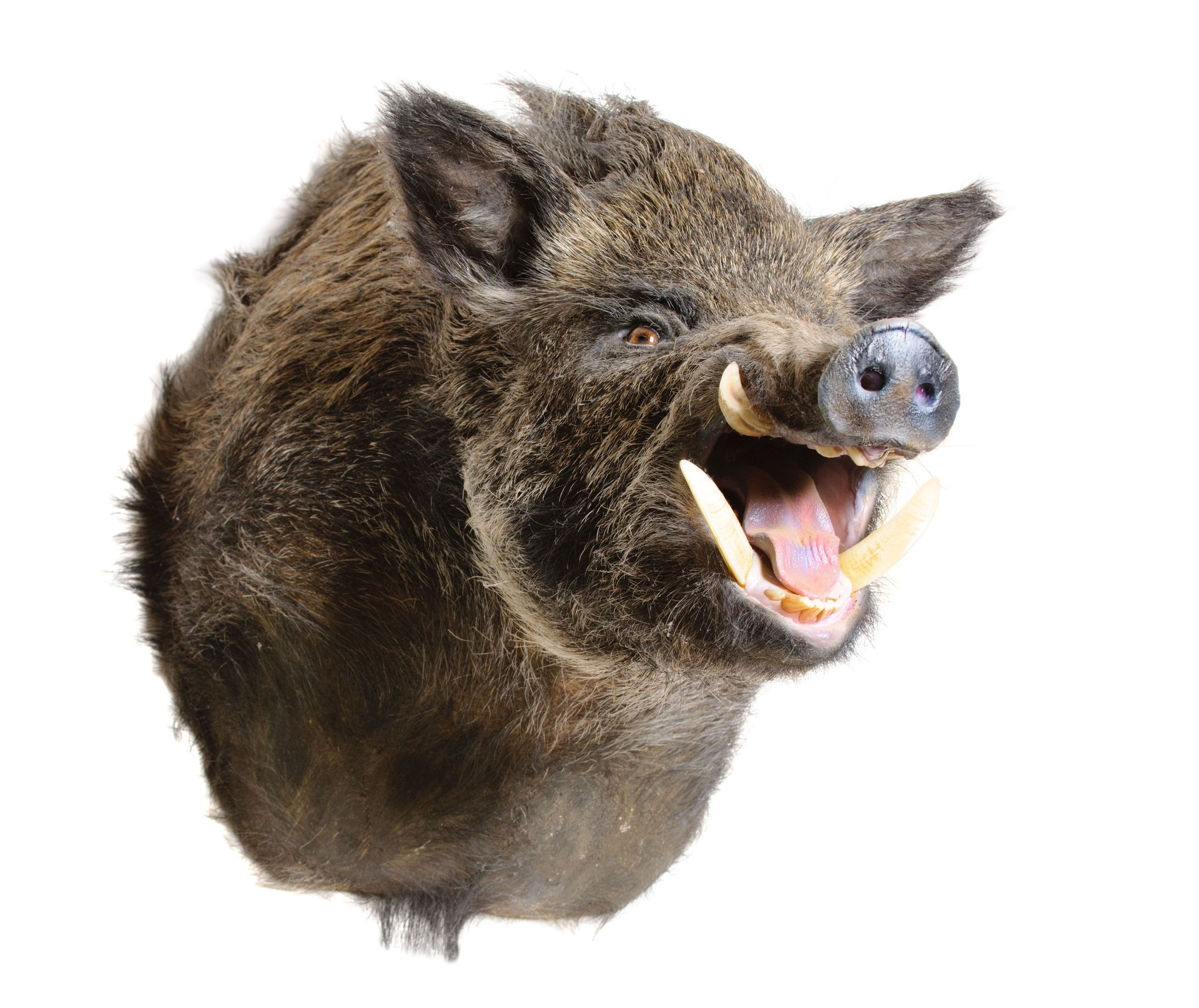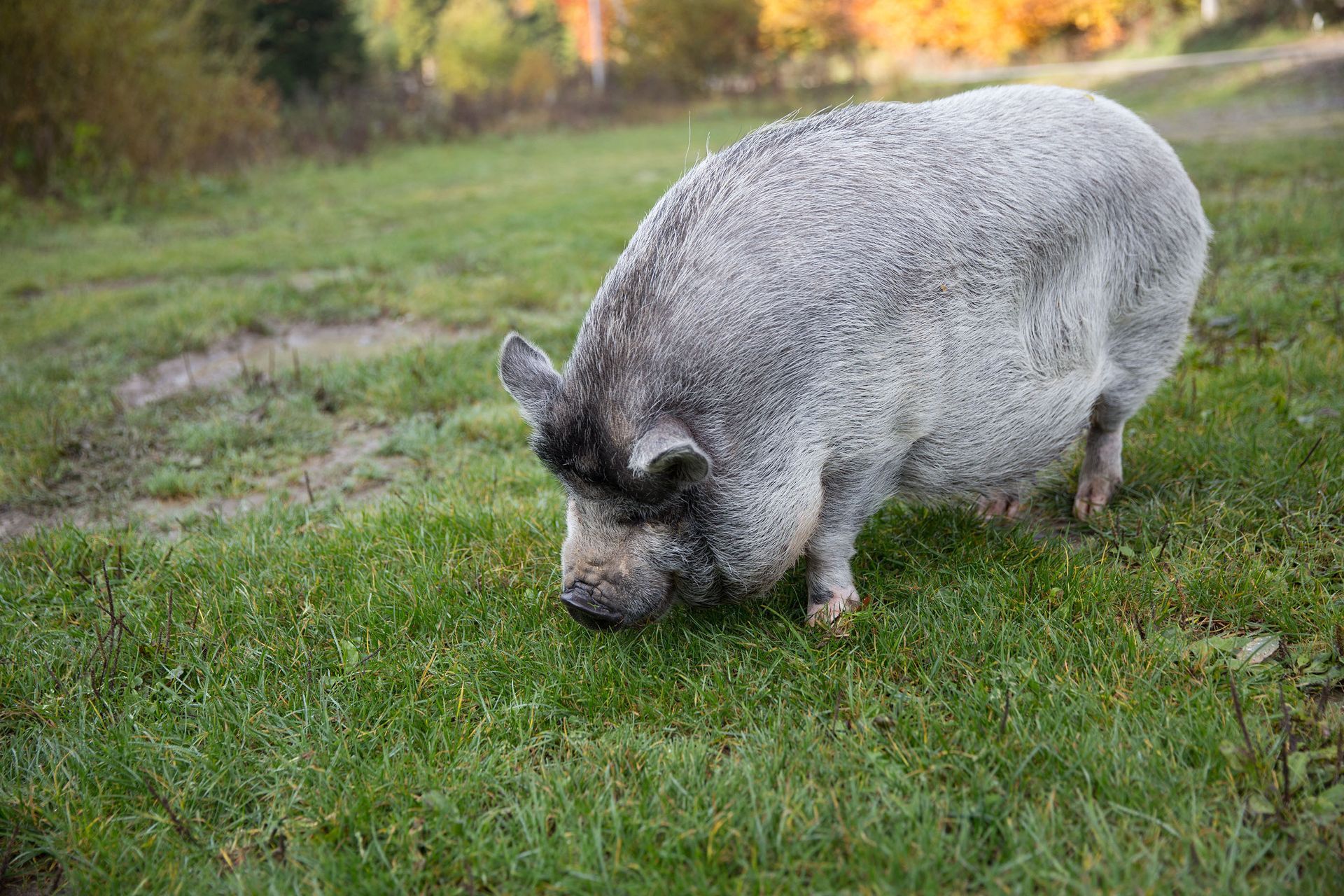August 29, 2025
Understanding the shortcomings of DIY hog traps is essential for those attempting to manage feral hog populations. With feral hogs causing significant damage to agricultural lands and reproducing at alarming rates, effective control methods are necessary. In this article, we’ll explore the primary reasons why DIY hog traps often fail and how to address these issues. By examining common pitfalls, trappers can refine their strategies and improve results. Successful techniques can help mitigate the damage caused by growing hog populations, especially as the hog and pig farming industry continues its 1.7% annual growth from 2020 to 2025, according to IBISWorld.
1. Inadequate Trap Design
The design of a hog trap plays a crucial role in its effectiveness, and many DIY attempts fall short because of poor construction choices. One common problem is the use of weak or flimsy materials. While cheaper options may reduce upfront costs, they often can’t withstand the force of a strong hog. Thin wire, light fencing, or untreated wood can bend, break, or collapse under pressure, allowing animals to escape. Durable and weather-resistant materials should always be prioritized, and studying commercial traps can provide valuable insights.
Trap dimensions are another key issue. A design that’s too small may fail to capture larger hogs, while oversized traps may not trigger properly. The best designs account for the average hog size in the area, ensuring the trap can both capture and contain animals safely.
Finally, structural integrity matters. Even if the right materials are chosen, weak joints or poor reinforcement can result in failure once hogs push against the trap. Adding cross-bracing, welding secure joints, and double-checking for weak points can make a DIY trap much more reliable.
2. Flawed Entry Mechanisms
The entry mechanism often makes or breaks a hog trap. Many DIY trappers create entryways that are either difficult for hogs to use or too easy to escape from. A well-designed entry should allow hogs to enter with minimal hesitation but prevent them from leaving. One-way doors, spring-loaded gates, or drop gates can significantly increase success. Observing hog behavior is also valuable. For example, hogs are more likely to enter a trap if it looks open and safe rather than restrictive. Tailoring the entry design to natural behavior patterns can make traps far more effective.
3. Limited Adjustability
Rigid trap designs limit effectiveness. A common issue with DIY traps is that they can’t be adjusted to account for varying hog sizes or environmental conditions. A versatile design that allows for changing dimensions, moving entry points, or adjusting trigger sensitivity provides far better results over time. Flexibility lets trappers adapt quickly to observed hog activity, making the trap a long-term tool instead of a one-time experiment.
4. Insufficient Planning and Setup
Even the best-designed trap will fail if it’s placed or set up poorly. One frequent mistake is neglecting site preparation. A trap on uneven ground or surrounded by debris may shift, collapse, or discourage hogs from entering. Preparing a stable, level, and clear site sets the foundation for success.
Many DIY trappers also overlook hog behavior patterns. Feral hogs follow predictable routes to food and water and often move in groups. Ignoring these patterns leads to misplaced traps that hogs simply avoid. Studying local movement patterns and positioning traps along travel corridors can drastically improve results.
Location is another overlooked factor. A trap in a low-traffic zone, no matter how well-built, may sit empty for weeks. Placing traps near feeding sites, water sources, or along well-worn trails ensures they’re actually encountered by hogs.
5. Failure to Monitor and Adjust
Setting a trap and walking away rarely produces consistent results. Traps must be monitored regularly, both to remove captured hogs promptly and to adjust the trap if it’s not working. Neglecting this step means missed opportunities and prolonged inefficiency. Even small tweaks—like resetting the gate or adjusting the trigger—can make a major difference.
6. Ignoring Weather Conditions
Weather has a direct impact on hog trapping but is often overlooked. Rain can wash away scent trails, wind can carry human odor to cautious hogs, and extreme temperatures may reduce hog activity in certain areas. Additionally, storms or strong winds may destabilize poorly built traps. Considering weather patterns when setting and baiting traps makes them more reliable.
7. Poor Baiting Strategies
Baiting is often where DIY efforts fail. Some trappers use ineffective bait without considering what hogs in their region prefer. Others place bait incorrectly—too close to the trap walls or in spots that don’t draw hogs deep enough inside. Over time, stale bait also loses effectiveness, so failing to rotate it reduces trap success.
Techniques also matter. Pre-baiting—leaving food inside the trap before it’s set—helps hogs grow accustomed to the location, making them more willing to enter once the trap is active. On the other hand, failing to mask human scent can raise suspicion and discourage entry. Effective baiting strategies combine the right food, placement, freshness, and scent control.
8. Execution Errors
Even when a trap is well-designed and baited correctly, poor execution can undermine results. Improper trap setting, such as a gate that triggers too easily or not at all, is a common mistake. Mishandling tools or neglecting proper assembly can also weaken a trap.
Another issue is overlooking safety. Hogs are powerful animals, and working around traps without taking precautions puts trappers at risk. Wearing protective gear, handling gates carefully, and following recommended guidelines helps prevent accidents.
Finally, traps require ongoing upkeep. Rusted hinges, broken welds, or bent panels reduce effectiveness over time. Consistent maintenance should always be part of trapping efforts.
9. Underestimating Hog Intelligence
Hogs are far more intelligent than many people assume, and this often leads to DIY trap failures. These animals can learn from past experiences, avoiding traps they’ve escaped from or seen other hogs avoid. Their social behavior also means that once one hog avoids a trap, others may follow its lead.
They have keen senses of smell and hearing, allowing them to detect human presence, bait that’s been handled improperly, or unnatural sounds from the trap. Overconfidence in a single design or strategy often leads to failure because hogs adapt over time. Successful trapping requires recognizing their intelligence and constantly refining strategies to stay ahead.
10. Lack of Consistent Monitoring
A final major pitfall is the lack of consistent monitoring. Some trappers check traps too infrequently, allowing hogs to escape or suffer unnecessarily. Others fail to use tools like trail cameras, which provide valuable insight into hog activity and interactions with traps.
When traps fail, quick adjustments are necessary. Waiting too long only prolongs inefficiency. Documenting observations—such as which bait worked best or what time hogs appeared—creates a record that can improve future efforts. Community feedback can also help, since sharing information with other landowners provides additional strategies and perspectives.
Successfully trapping hogs requires much more than simply building and setting up a trap. It involves careful design, proper placement, consistent monitoring, and adaptability. By addressing the common reasons why DIY hog traps fail, trappers can increase their chances of success and reduce the damage caused by feral hog populations.
With the hog and pig farming industry expanding at an annual rate of 1.7%, effective hog control strategies are more important than ever. A systematic, well-planned, and adaptable approach—combined with community collaboration—can turn DIY trapping from a frustrating task into a rewarding and effective solution.
For reliable alternatives and professional guidance beyond DIY traps, contact Hog Brothers today and take the first step toward effective hog control.
